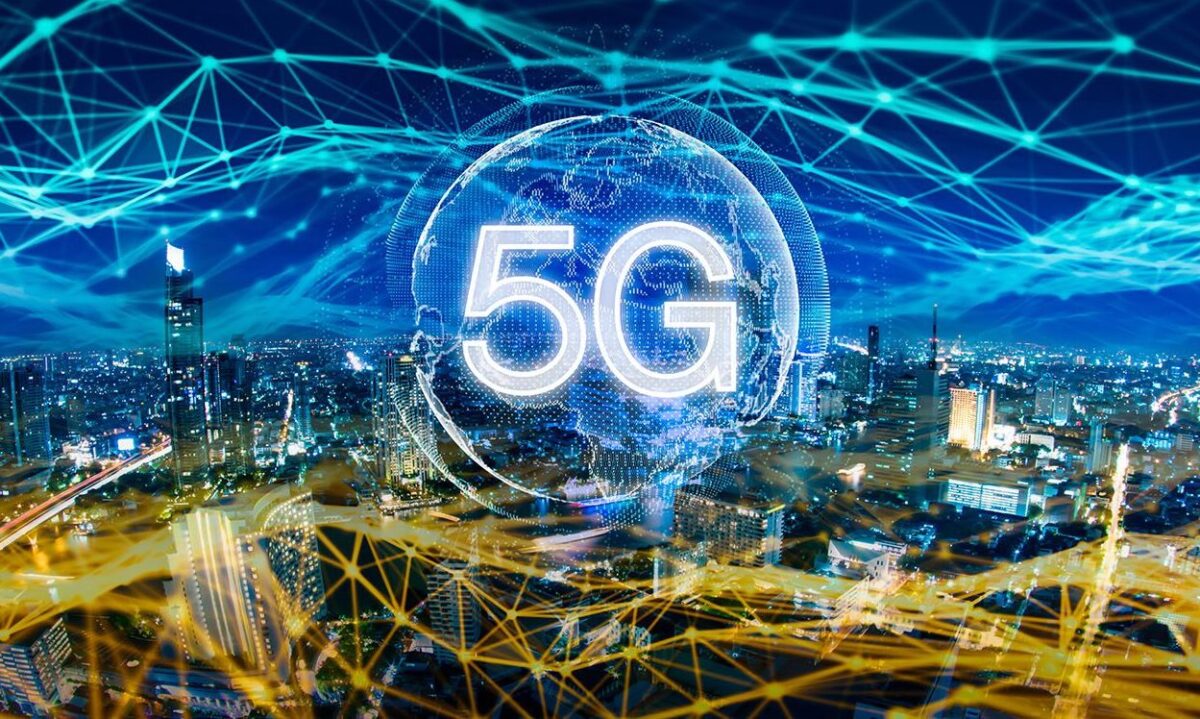During these Covid-19 times, working from home has become the norm after the applied measures worldwide in order to help maintaining social distancing. Due to the inability of checking on their employees as they work from home, many companies have been afraid of a decreasing productivity at work. Consequently, employers have increasingly felt the need to introduce more and more surveillance tools that would help them monitor and track how their employees are spending their time as they work from home.
From applications that help keeping track of the time spent on each tool, to software that tracks the steps you take every day. Companies are going one step beyond basic time-tracking tools such as Toggl, and are beginning to opt for the introduction of ever more invasive programs such as Hubstaff – a software that monitors employees’ performance by taking snapshots of their monitors and calculating a productivity score based on the keystrokes, mouse movements, time spent and websites visited.
A software that is programmed to take snapshots of an individual’s screen as they are having a confidential videoconference; or that tracks down the user’s GPS coordinates as they go to the nearest cafeteria for a short coffee break, surely raises too many ethical concerns as it violates both the employees’ privacy as well as the privacy of those with whom they interact.
Not only does it raise ethical concerns, but it has also been proven that employee surveillance reduces trust between employees and their employers, driving down motivation and engagement. The ‘stress-inducing, demotivating and dehumanizing’ practice of monitoring – as described by a manager in the report Workplace technology: the employee experience – hinders employee autonomy and proactivity, both of which are necessary for a healthy and thriving company in the current digital era.
The use of surveillance software was initially intended to keep workers engaged and ensure their productivity. However, an unsurprising counter-effects occurs due to the implement of these tools: employee engagement and productivity declines together with the quality of the work they do. This is not a “vindictive reaction” to the application of such tool, but simply the result of feeling controlled and uncomfortable at (remote) work.
In a time where GDPR laws are being enforced to protect people’s privacy, how can such surveillance tools be accepted? Why are they still being implemented despite the evidence on its counter-effects?
Monitoring might be necessary and helpful to companies to make sure the work is being done and to collect data that might be used to improve the company’s strategy – especially when remote-work becomes the norm. However, managers must think through very carefully the techniques they are going to use: how will they be implemented, to what degree will they invade their employee’s privacy, and what are the possible consequences. In a time where remote work is the model to follow, how do we find the balance between tracking for improvement and respect for people’s privacy?
Satariano, A. How my boss monitors me while I work from home. The New York Times, 2020. https://www.nytimes.com/2020/05/06/technology/employee-monitoring-work-from-home-virus.html
Jones, L. “I monitor my staff with software that takes screenshots”. BBC News, 2020. https://www.bbc.com/news/business-54289152
Chartered Institute of Personnel and Development (CIPD). Workplace technology: the employee experience. July 2020, UK. https://www.cipd.co.uk/Images/workplace-technology-1_tcm18-80853.pdf
Kensbock, J.M., Stöckmann, C. “Big brother is watching you”: surveillance via technology undermines employees’ learning and voice behavior during digital transformation. J Bus Econ, 2020. https://doi.org/10.1007/s11573-020-01012-x


